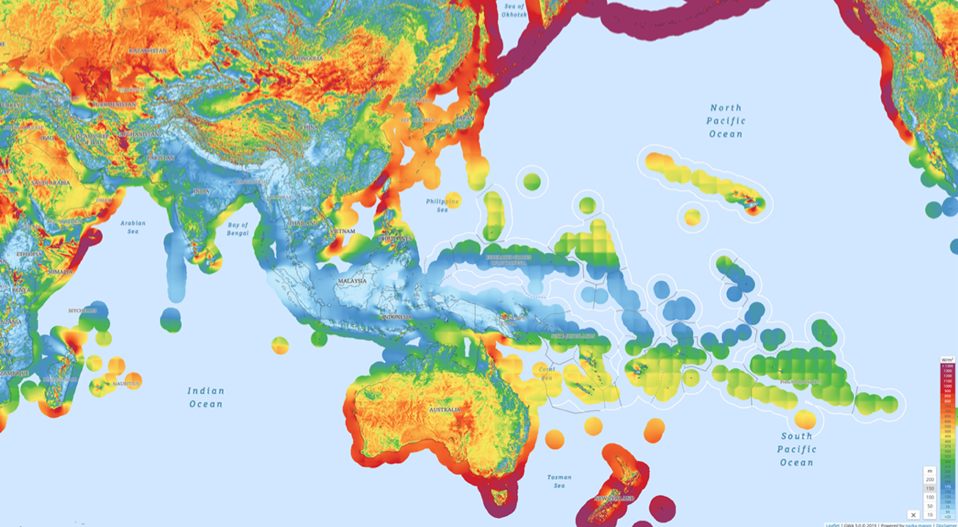Australia continues to lead the world in the per capita deployment of solar and wind generation, resulting in lower greenhouse gas emissions and falling electricity prices, according to a new paper by members of The Australian National University’s Energy Change Institute.
Data released by the Clean Energy Regulator today show that the additional delivered capacity of new solar photovoltaics and wind in 2020 will be around 6.3 GW, with more than half (3.4GW) in utility scale wind and solar farms.
“This brings the total to 18 Gigawatts over 2018-20, and while it’s good news, we urgently need more transmission infrastructure investment to ensure there is no bottleneck to the implementation of further renewables,” co-author Professor Andrew Blakers said.
“An effective way to do this is to upgrade transmission lines from rural Renewable Energy Zones, such as those recently announced in NSW and Queensland, to our cities.
“While governments have been slow to act on transmission, if the Federal and State Governments make determined efforts to rapidly resolve these bottlenecks, we can get ahead of the solar and wind construction curve instead of lagging.”
Boosting renewable energy deployment has resulted in lower wholesale electricity prices, and lower greenhouse gas emissions in the electricity sector, co-author ANU Energy Change Institute Director, Prof Ken Baldwin said.
For example, South Australia has more than half (53 percent) of its electricity supplied by solar and wind, compared with 14 per cent in Queensland.
Average wholesale electricity prices in SA have been similar to the Sunshine State’s, and lower than in NSW and VIC which have fewer supplies of renewables.
Prof Baldwin also said the Clean Energy Regulator’s latest data shows that the pipeline of new wind and solar farm projects remains strong until at least 2022.
“On the one hand, deployment is being affected by lower prices for wholesale electricity, the impending attainment of the Renewable Energy Target, and curtailment of output due to transmission bottlenecks,” Prof Baldwin said.
“On the other hand, there are continually falling costs, deployment of solar and wind at mining projects, solar on commercial building rooftops, large-scale voluntary purchases of clean electricity and future retirement of coal power stations.”
Australia has made immense contributions to global renewable energy and hence long-term climate action, paper co-author Dr Matthew Stocks said.
These include its rapid installation of solar and wind energy, helping establish the growth of PV manufacturing in China, and Australia’s invention of the PERC silicon solar cell in which Dr Stock’s colleague, Prof Blakers, played a major part as a team leader.
“Indeed, PERC solar modules are being deployed faster than the net new generation capacity of coal, oil, gas and nuclear combined,” Dr Stocks said.
“Australia is also demonstrating that rapid deployment of solar and wind can lead to declining emissions and low electricity prices.
“Now is the time to plan to accelerate renewable deployment and electrification to decarbonise the entire economy.”
The article can be accessed here.
FOR INTERVIEW
Professor Andrew Blakers
ANU College of Engineering and Computer Science
M: 0417 390 139
Professor Ken Baldwin
Director, ANU Energy Change Institute
P: 02 6125 4702 / 0432 987 251
Dr Matthew Stocks
Fellow, ANU College of Engineering and Computer Science
M: 0419 370 012
For media assistance, contact the ANU media hotline on 02 6125 7979 or email media@anu.edu.au
